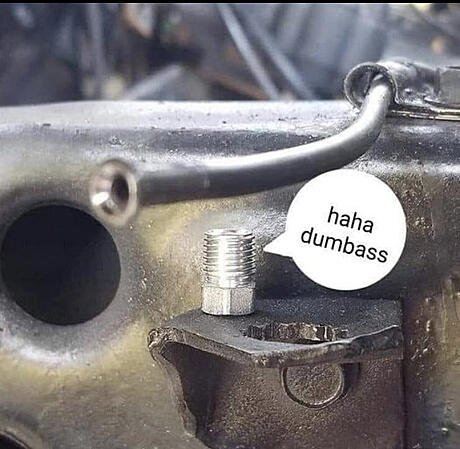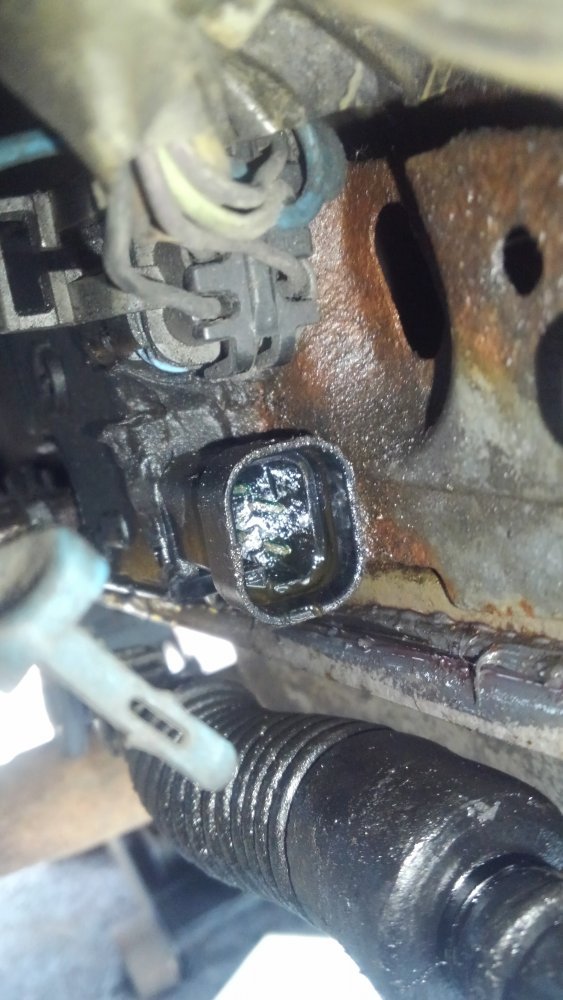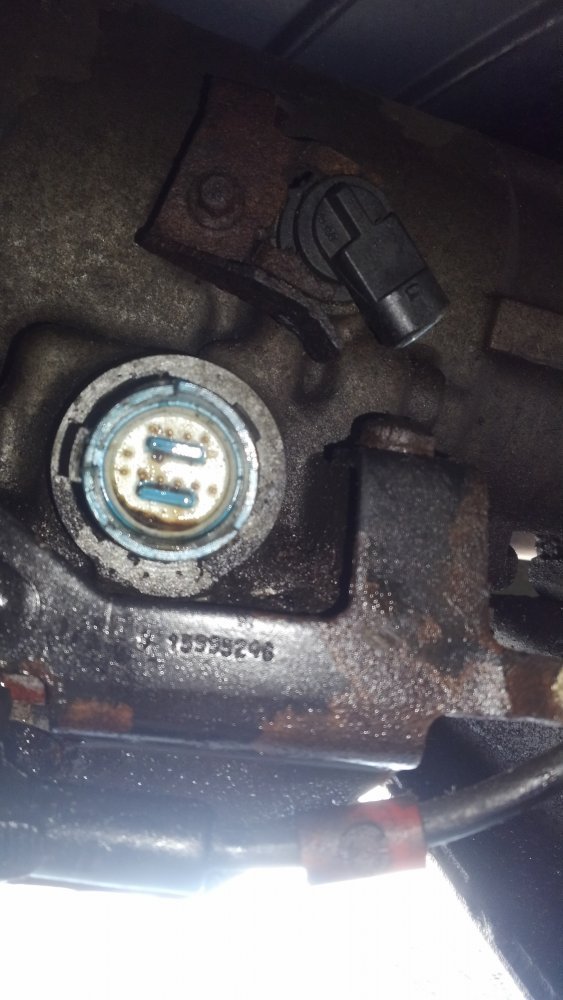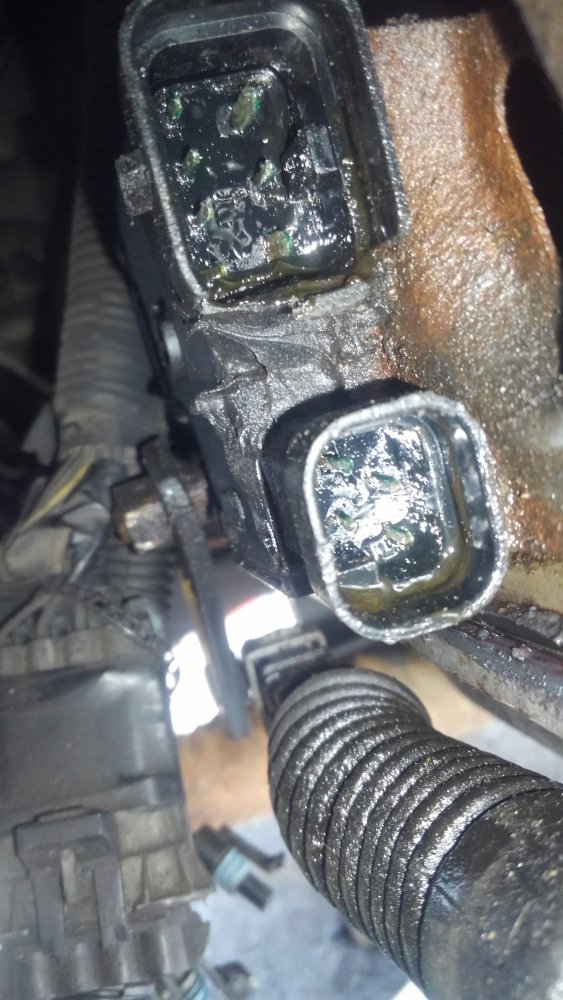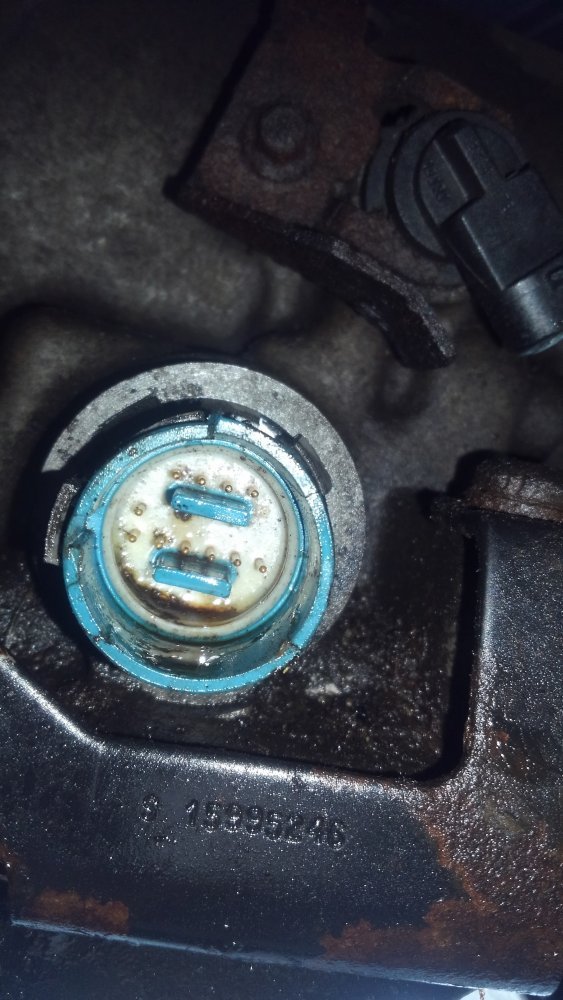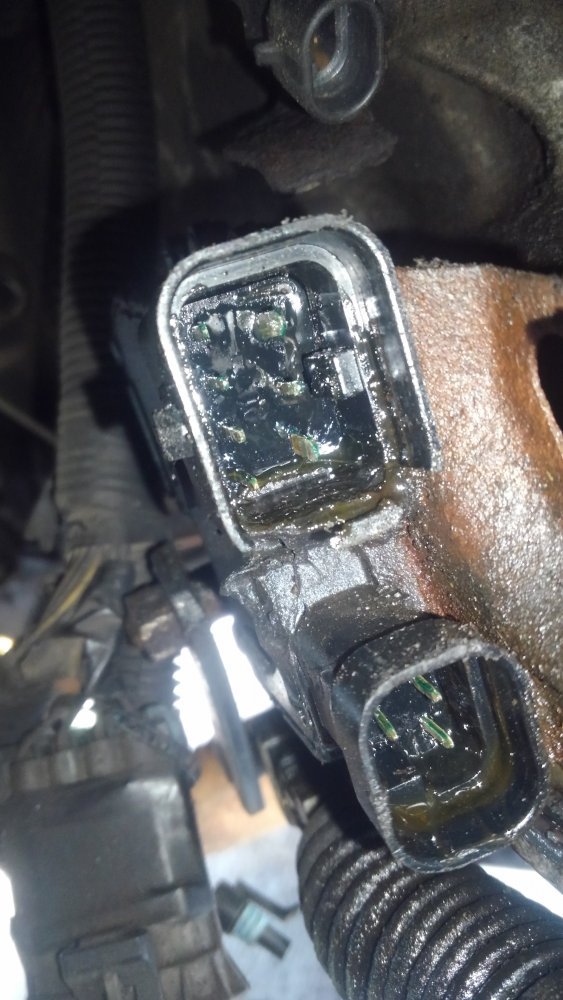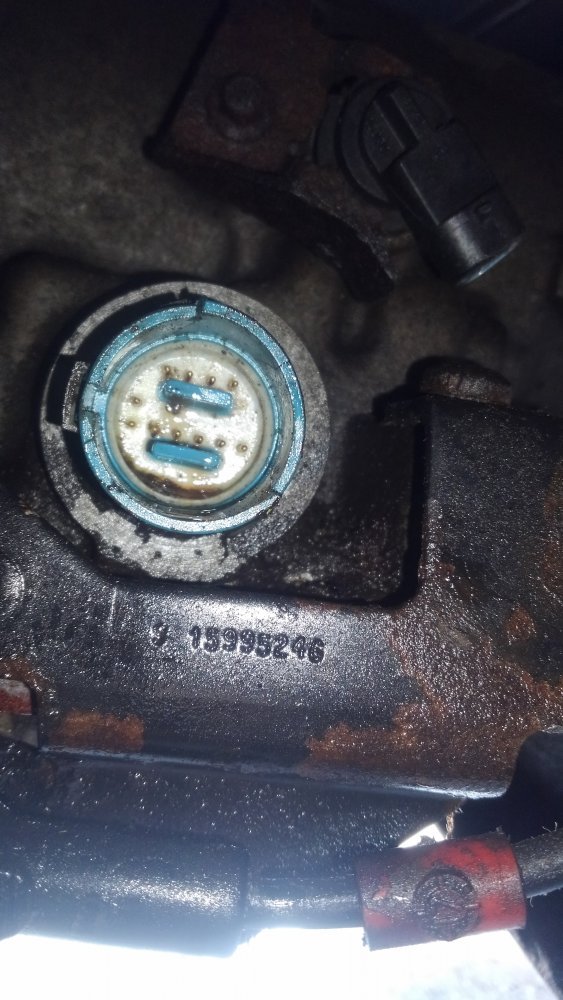dbrannon79
I'm getting there!
I think it’s 1/4” to the hose with the tee and 3/16 from the tee to each wheel cylinder. And 3/16” to both front caliper hoses too. If your installing yourself get you a brake line flaring tool and some nuts for the lines. I can try to look online tomorrow and see if the nut thread is SAE or metric

